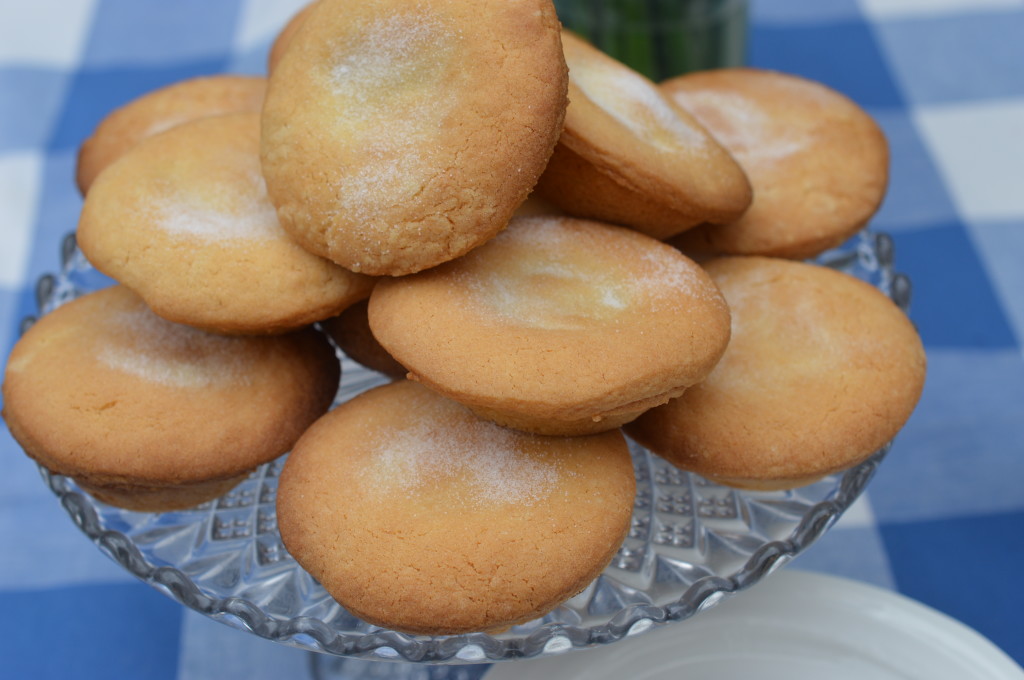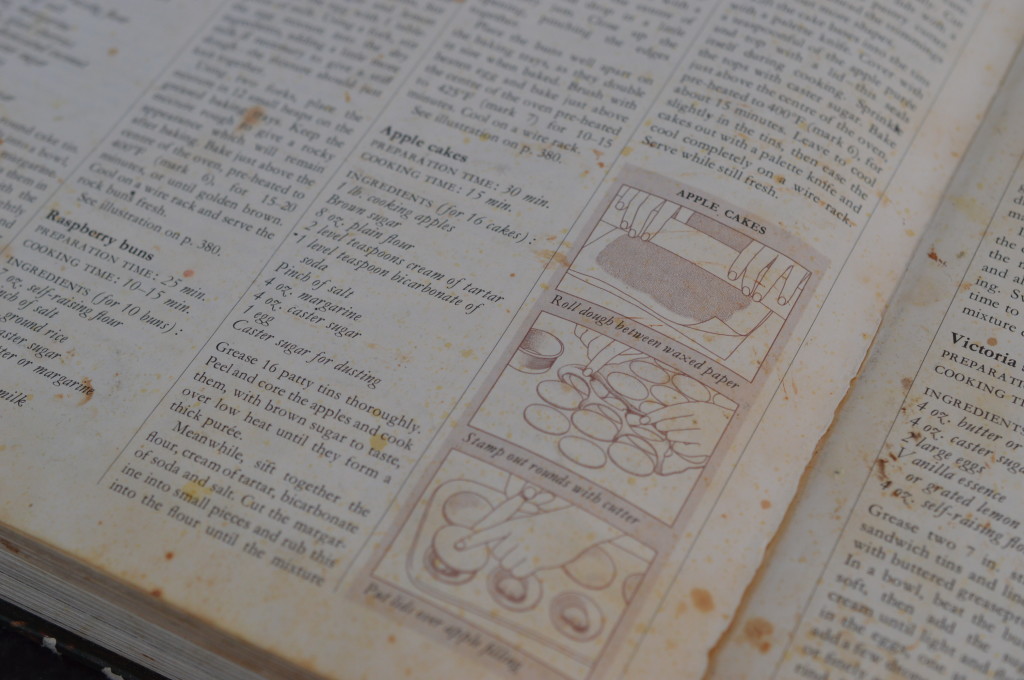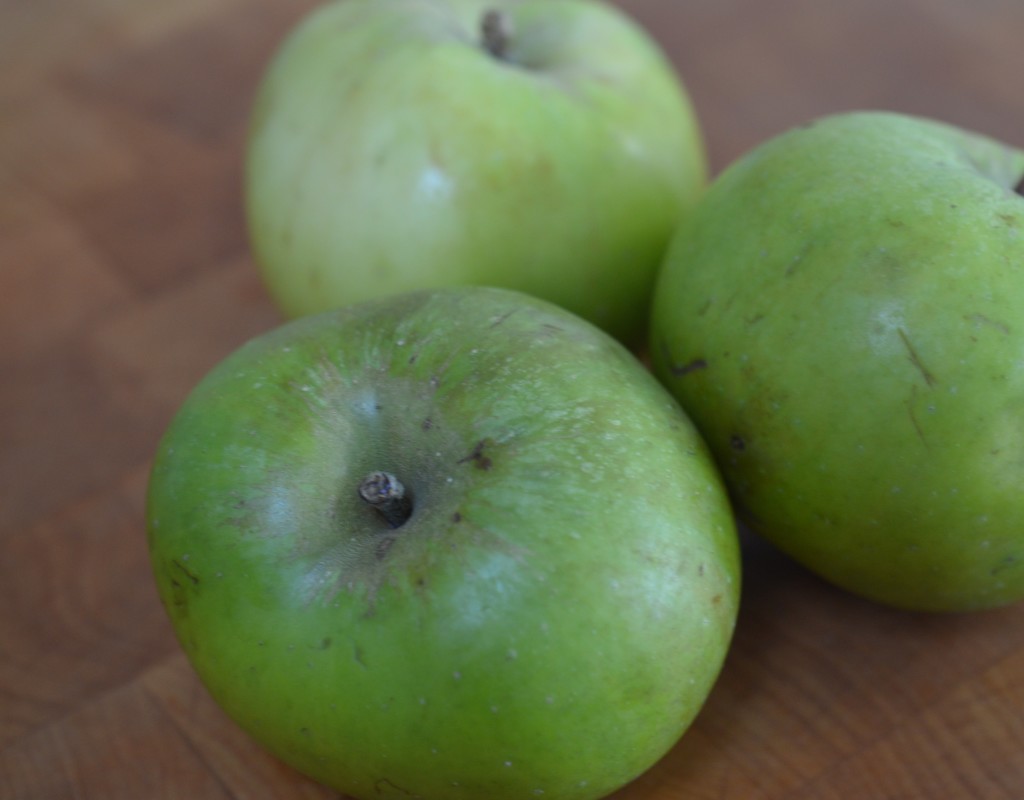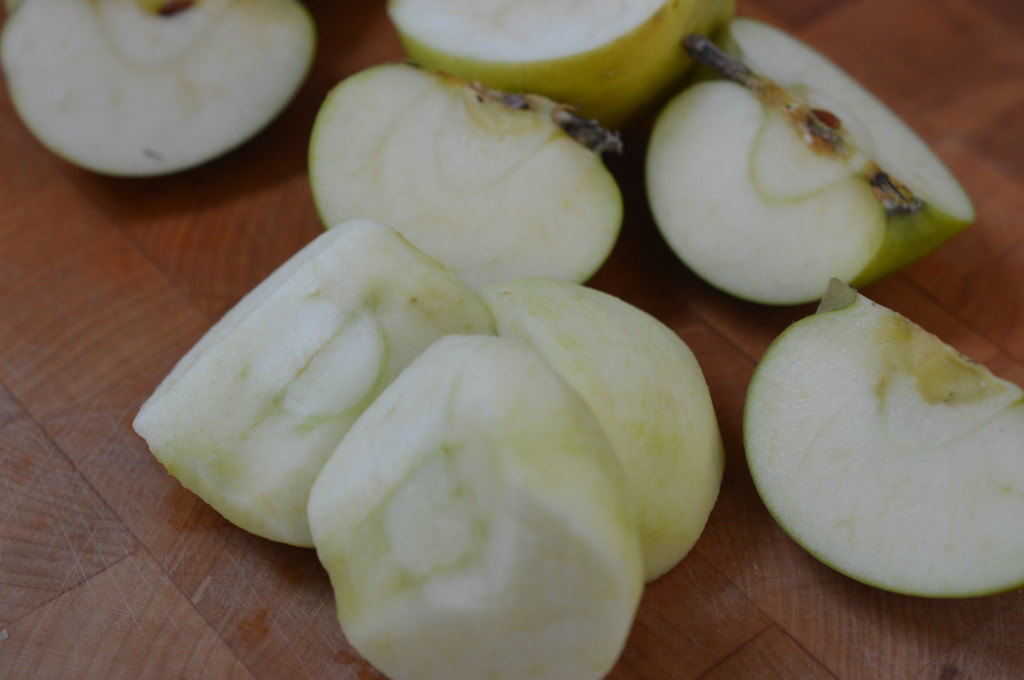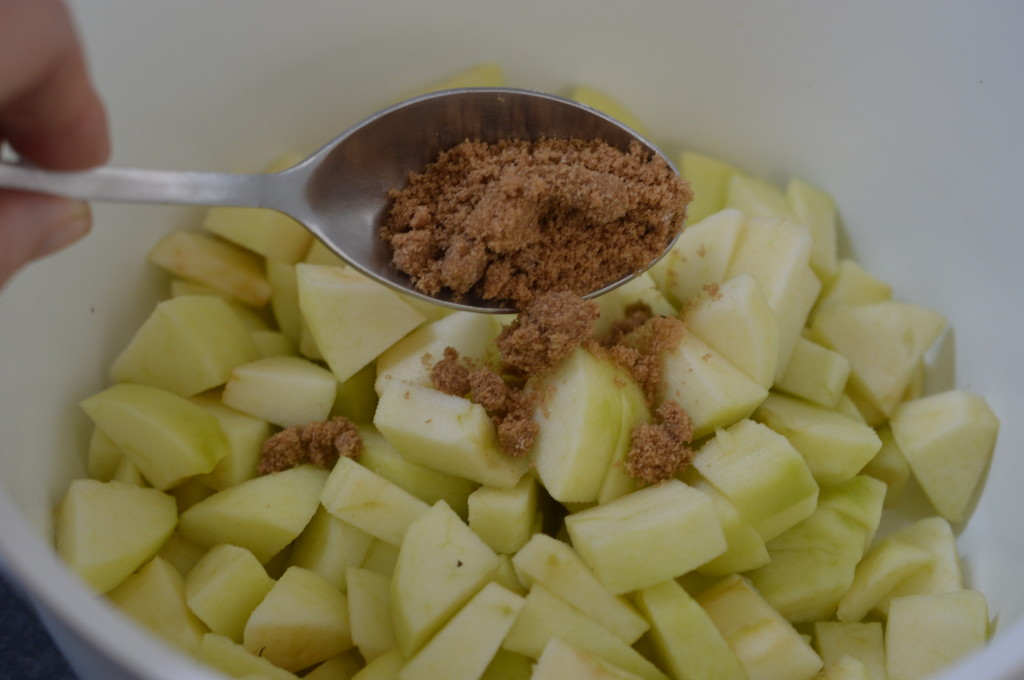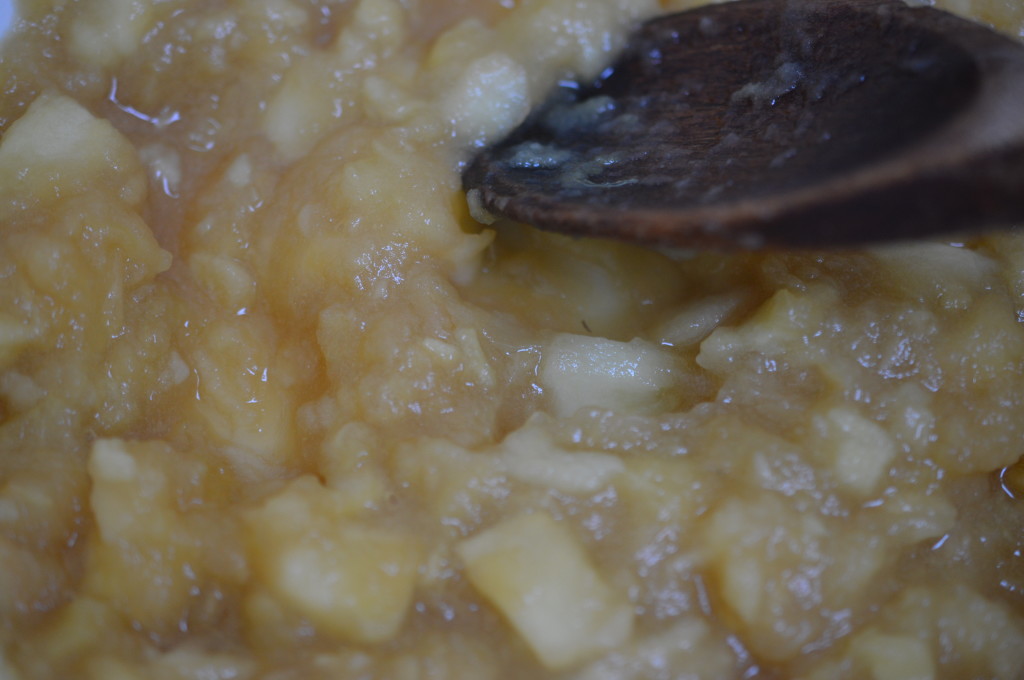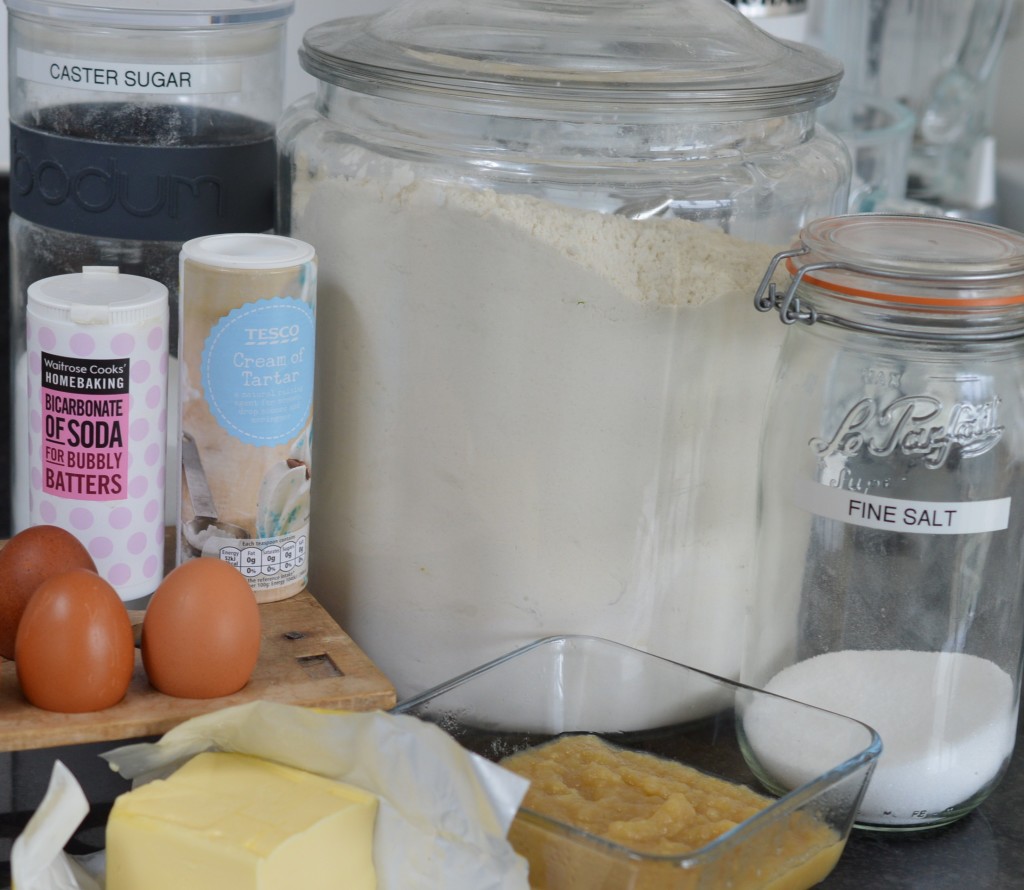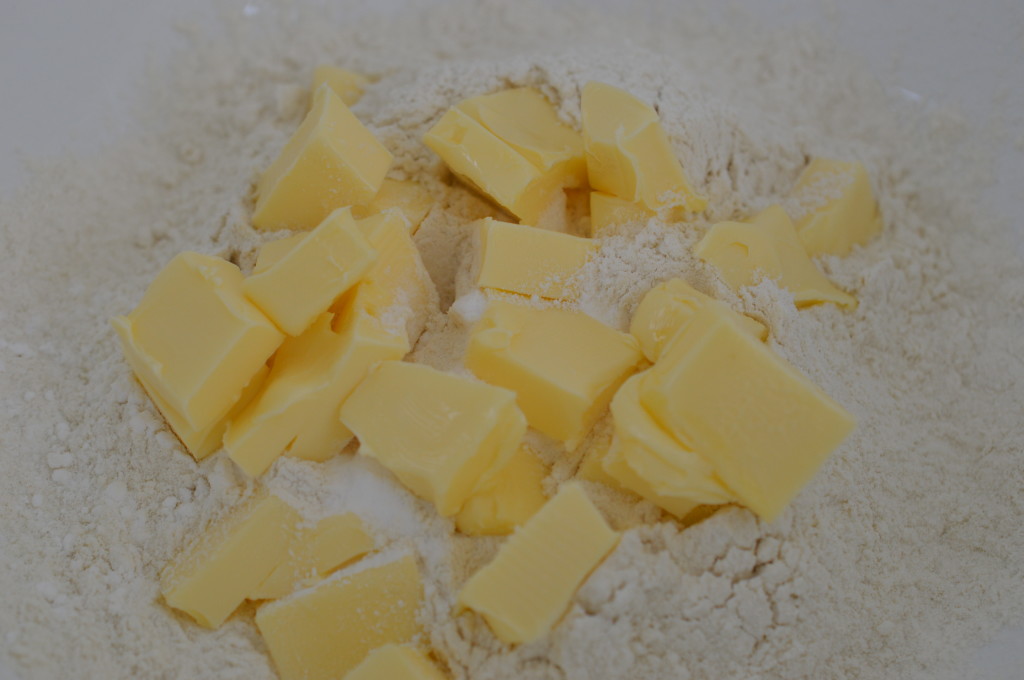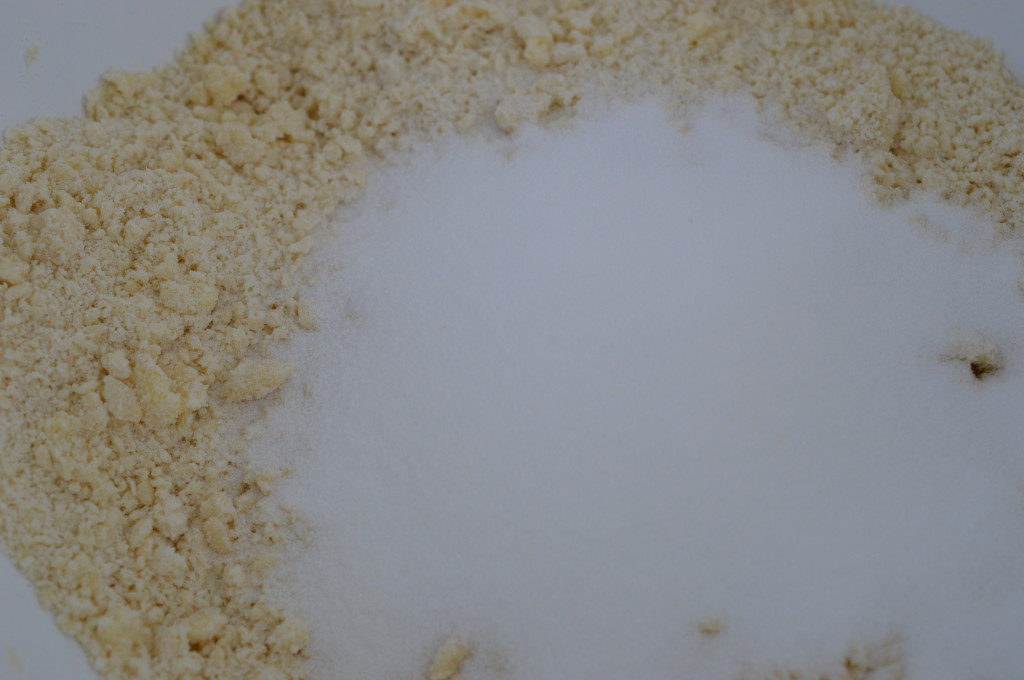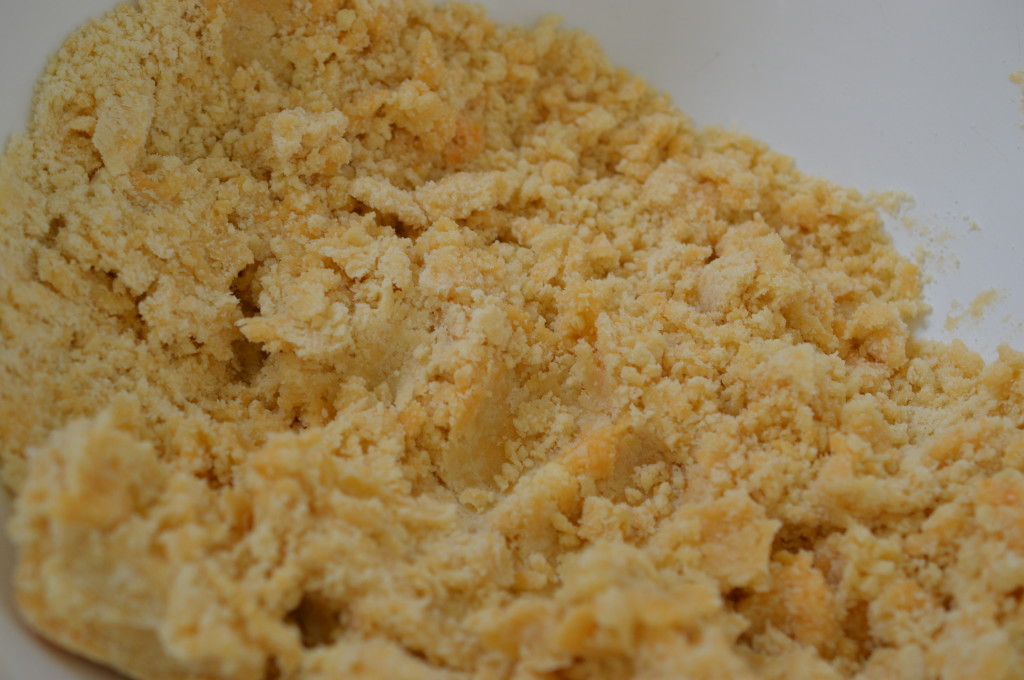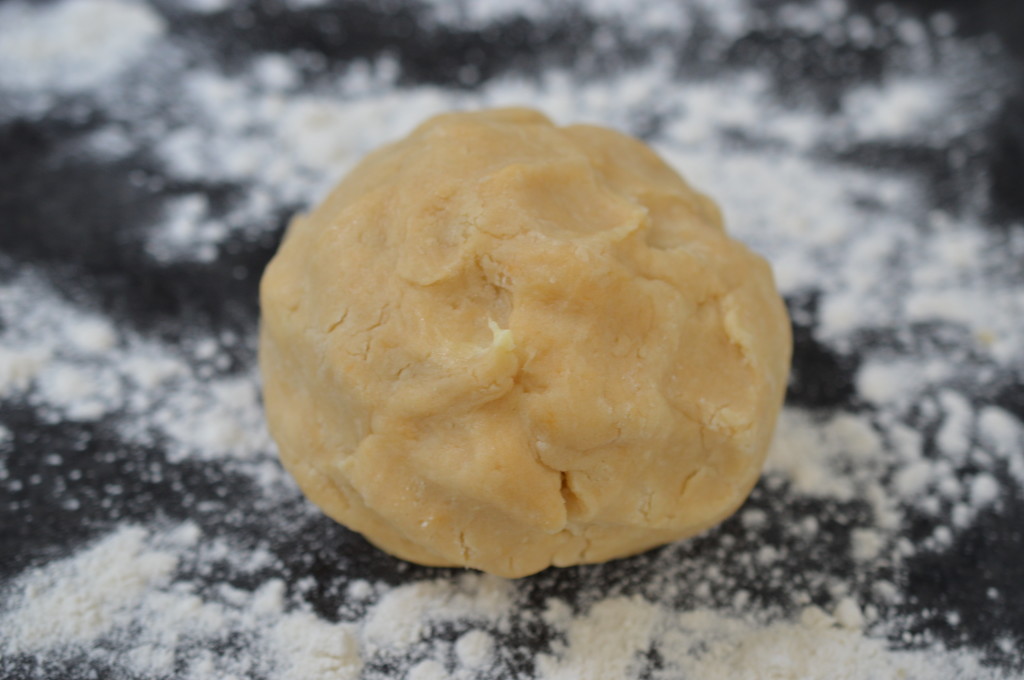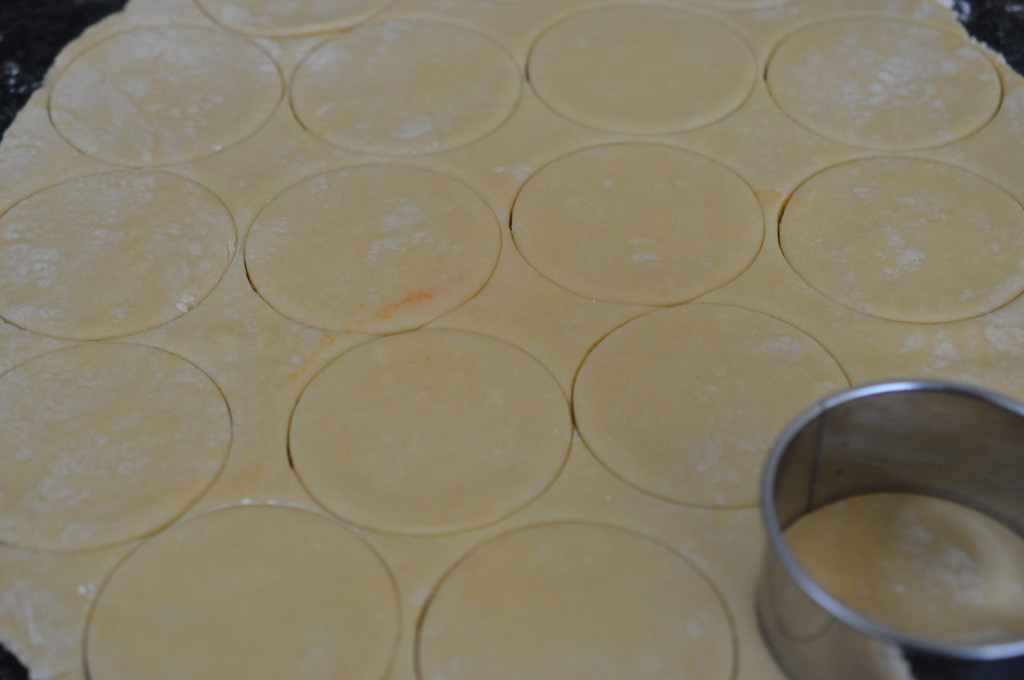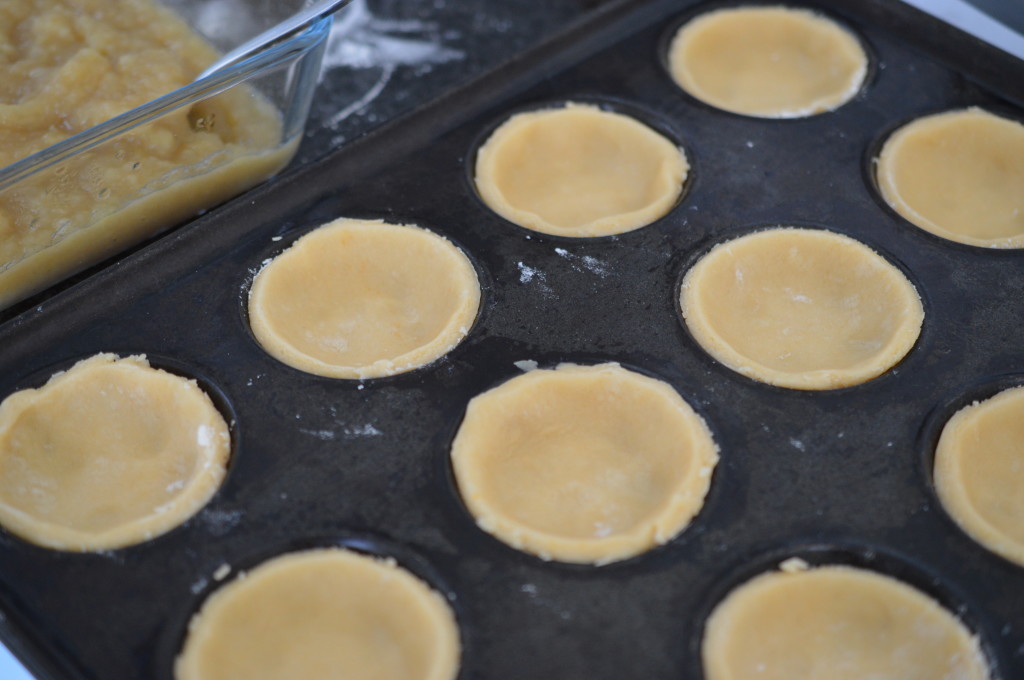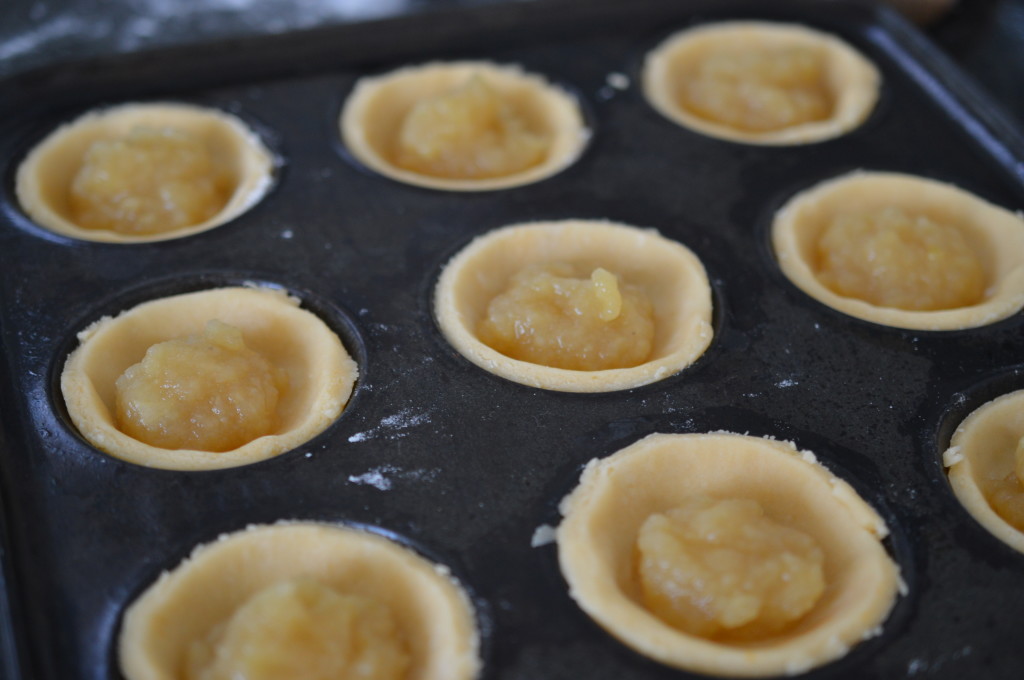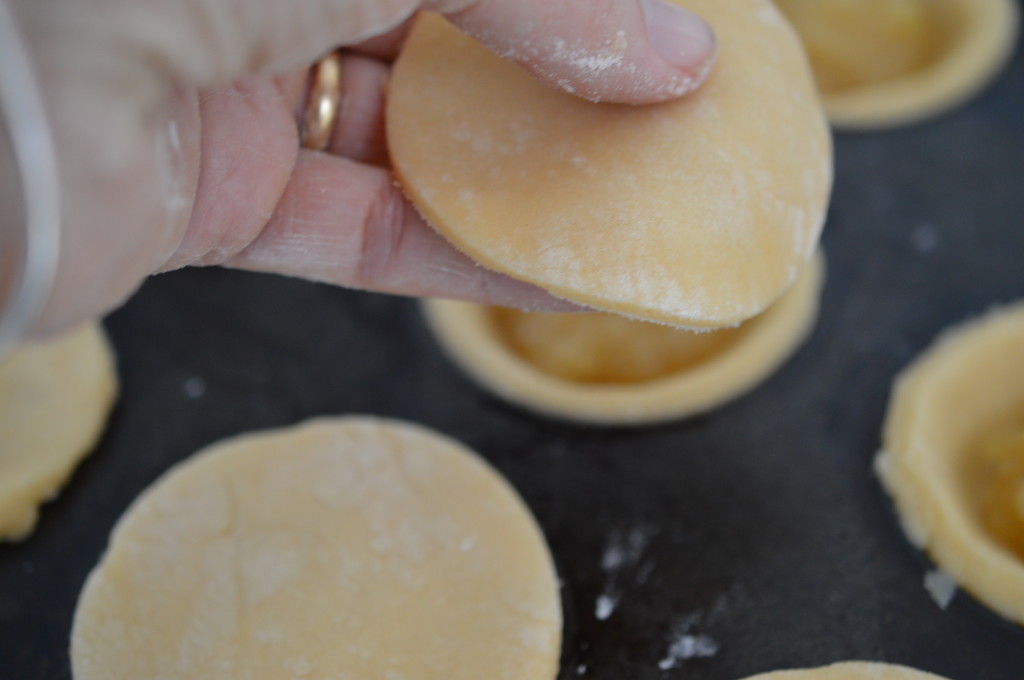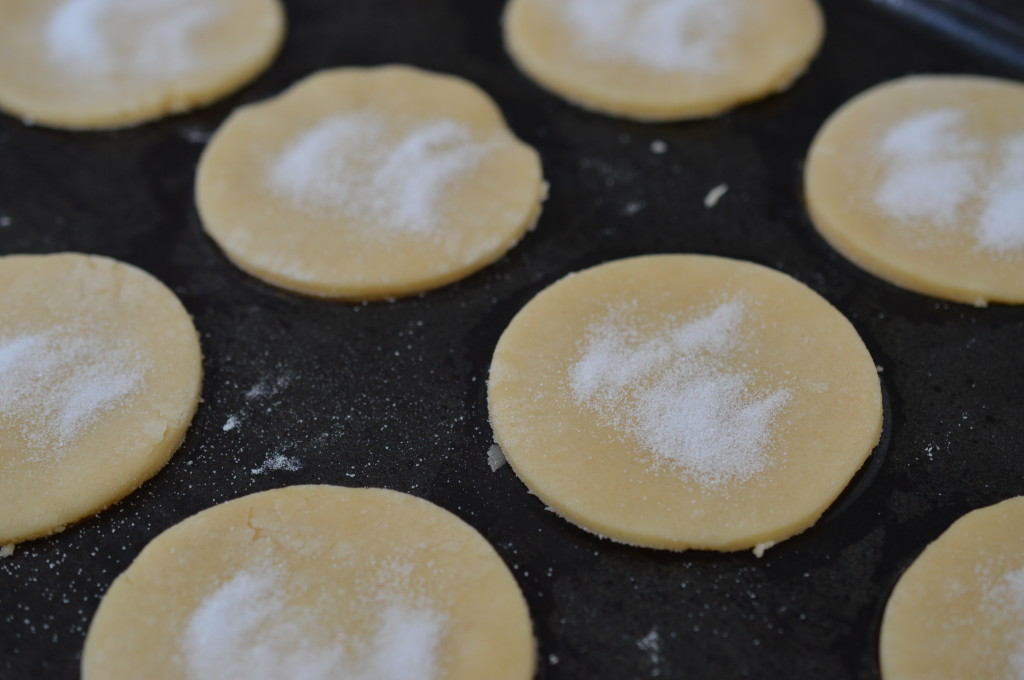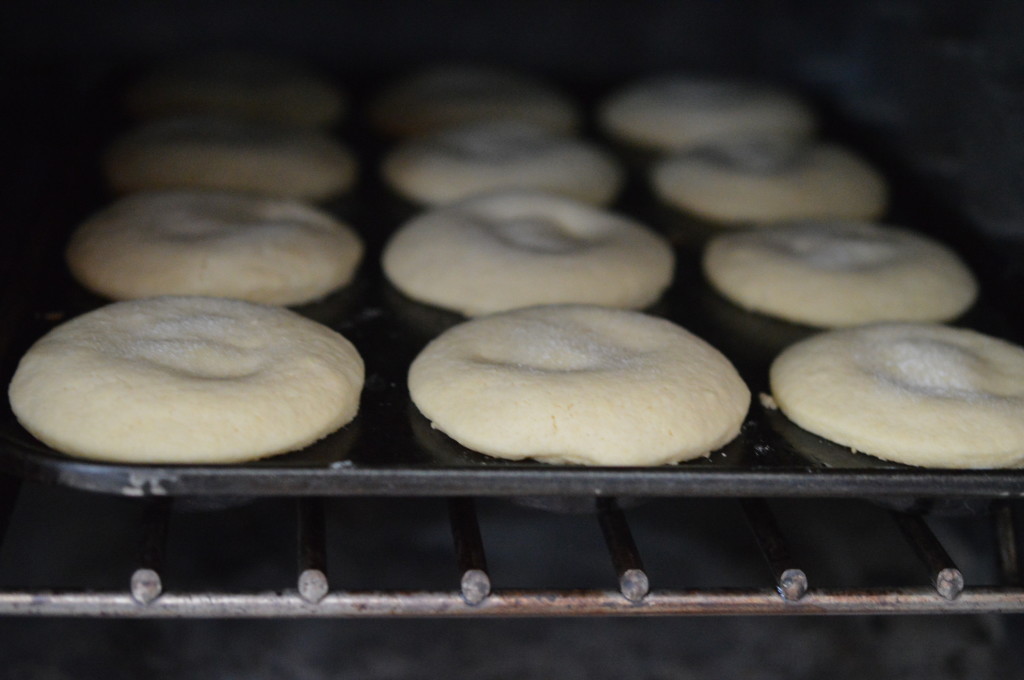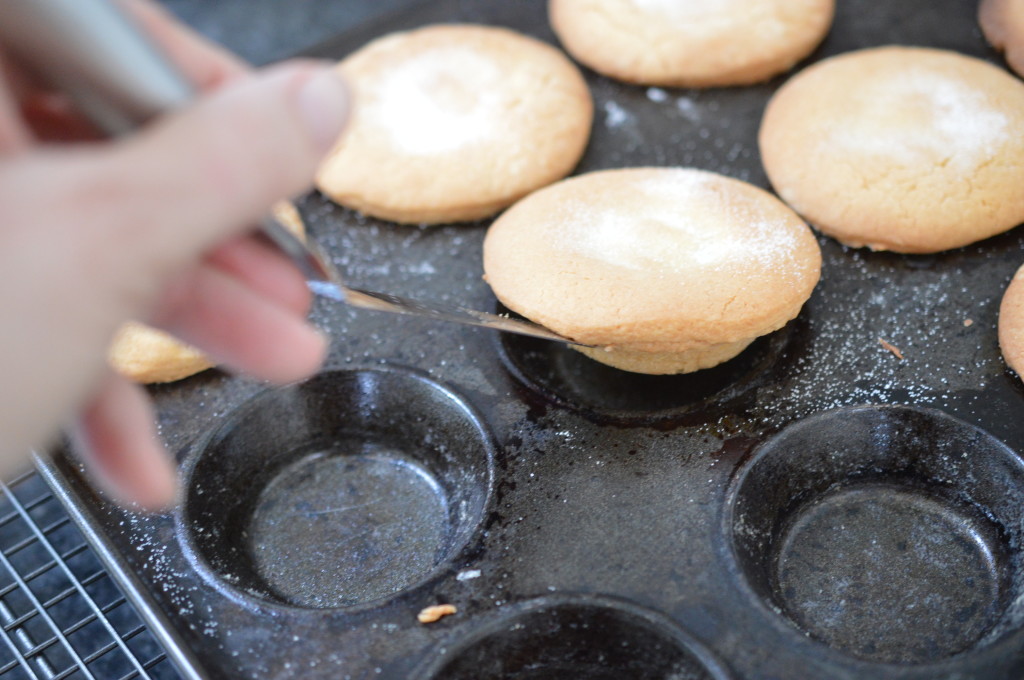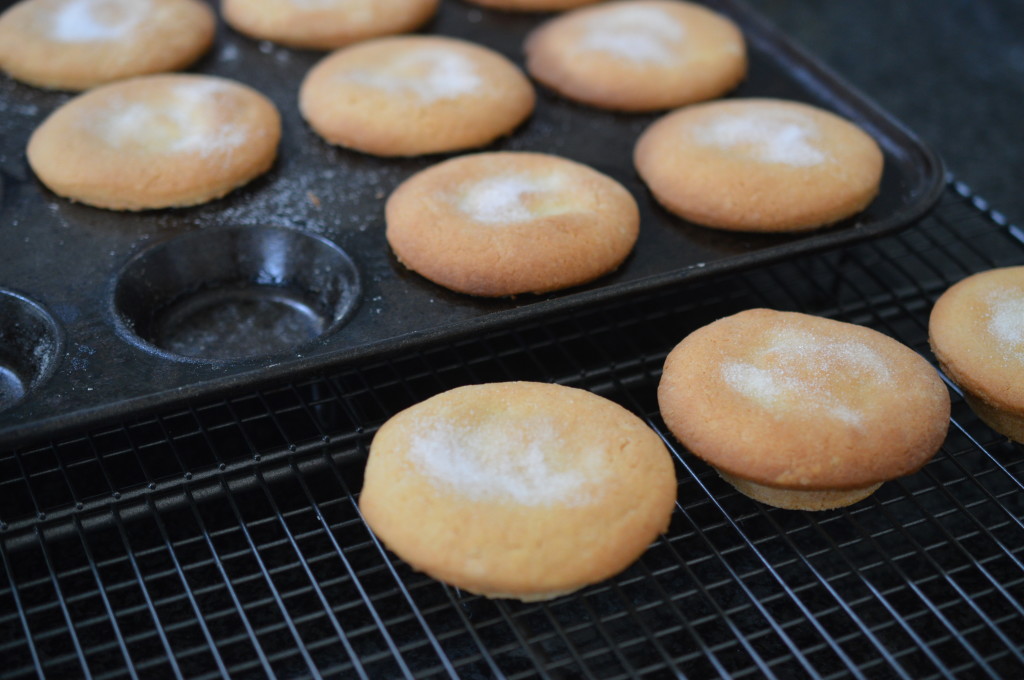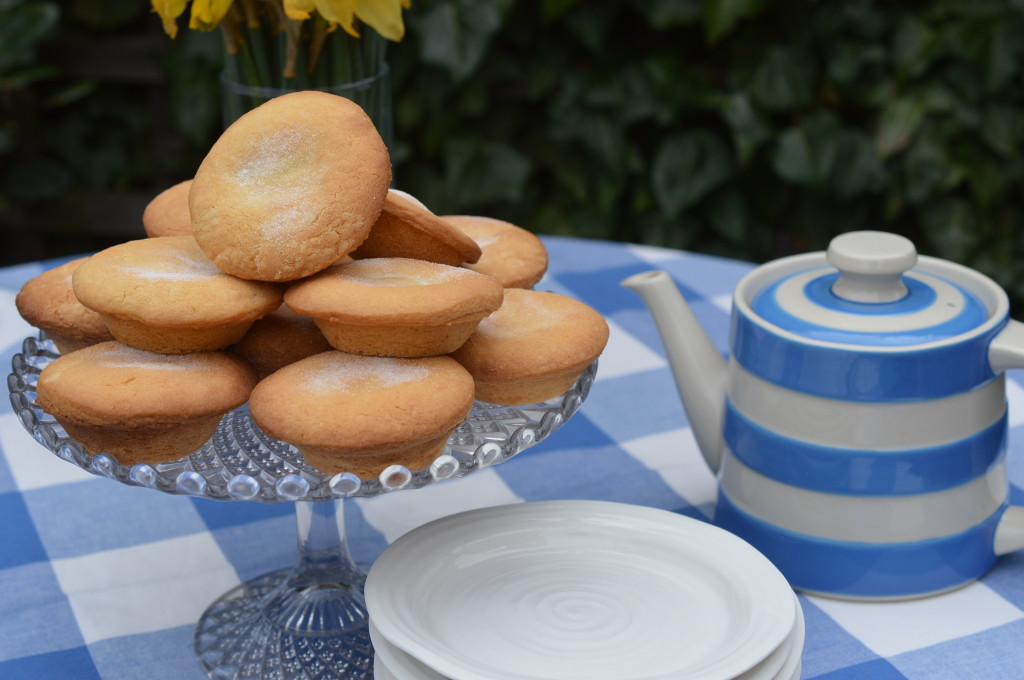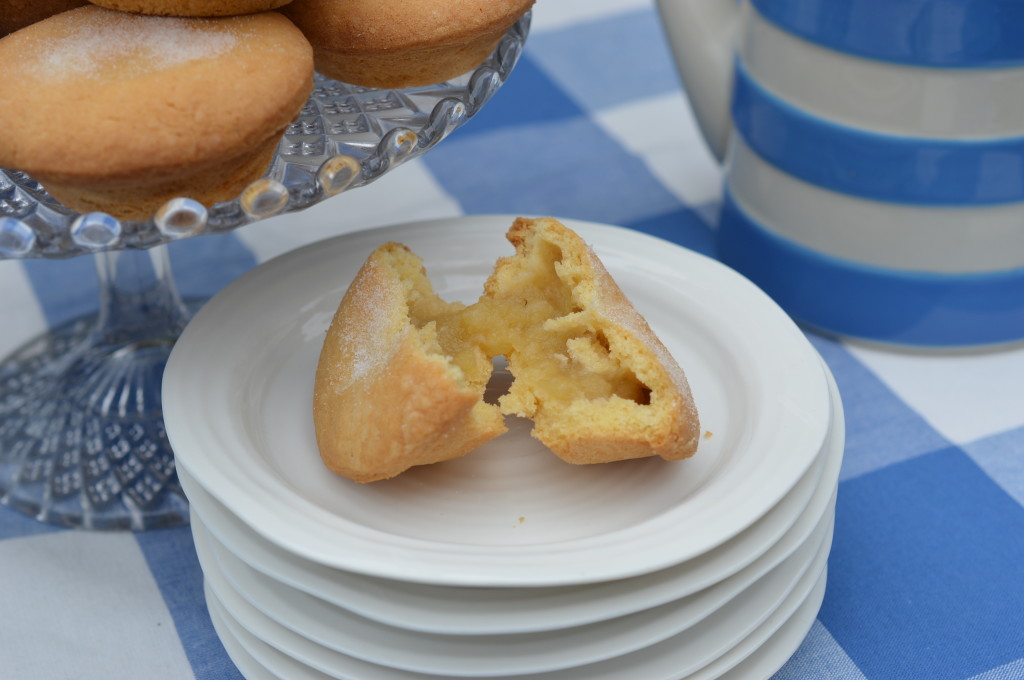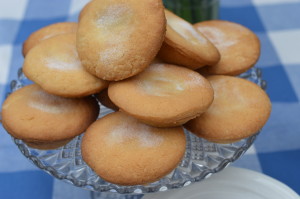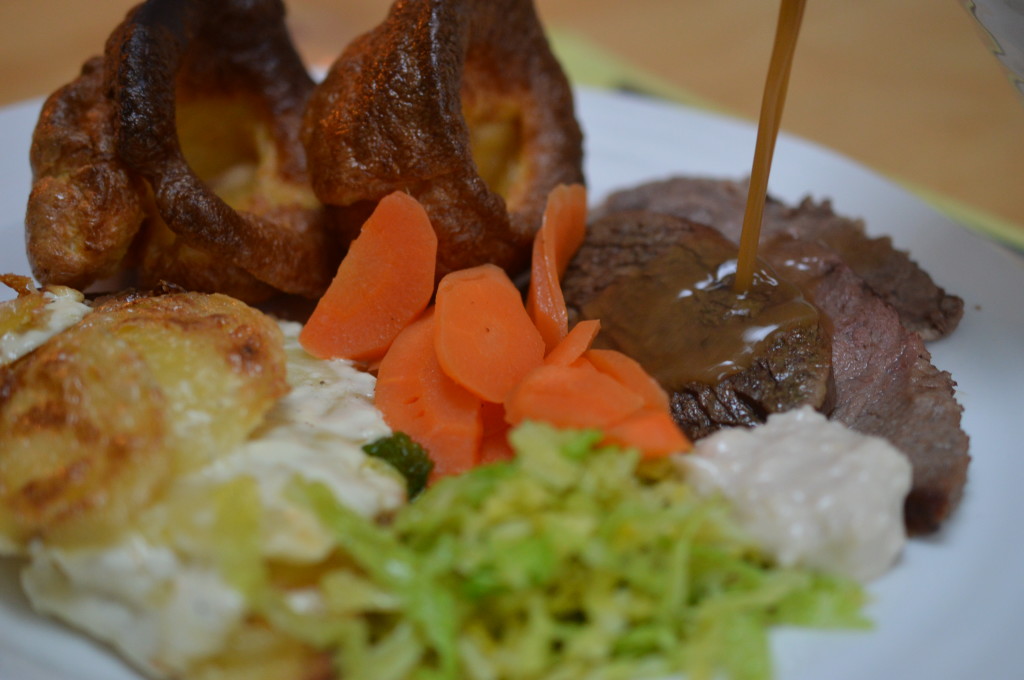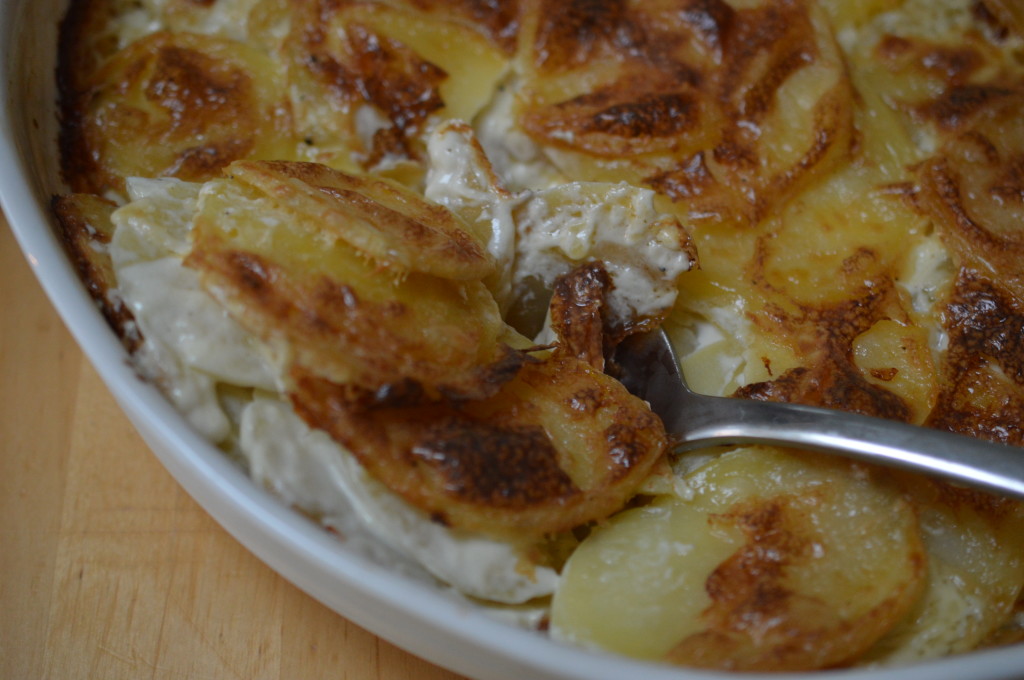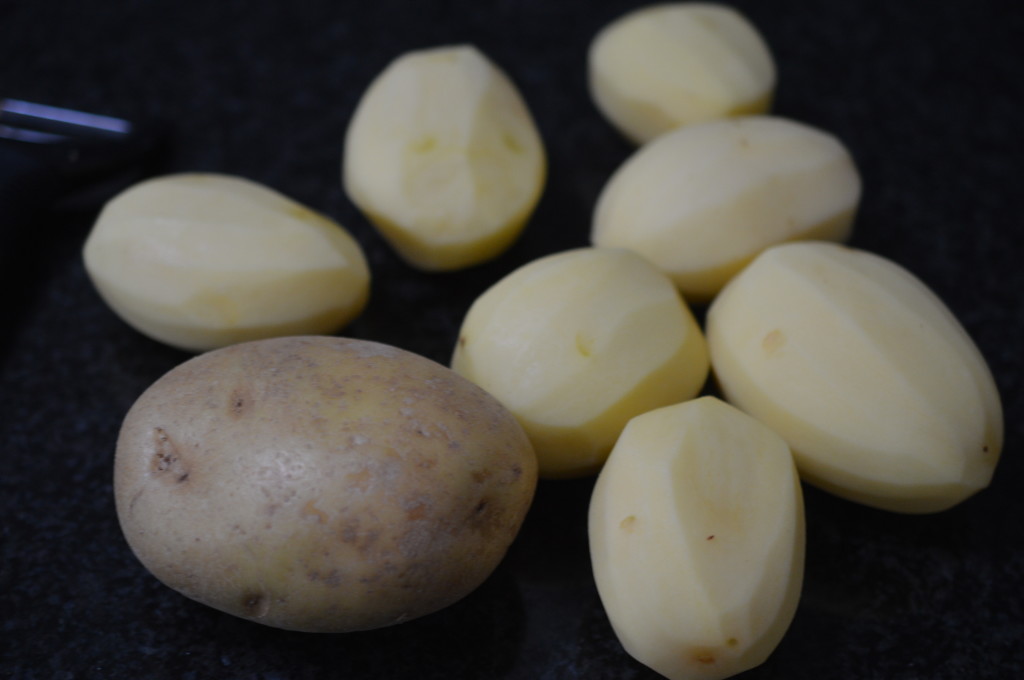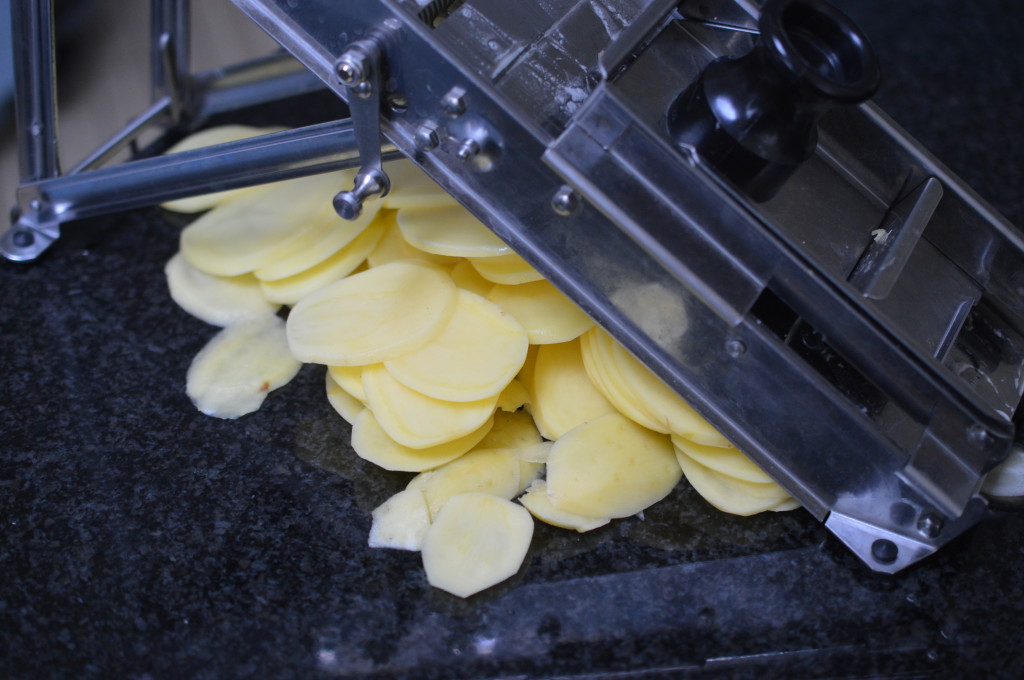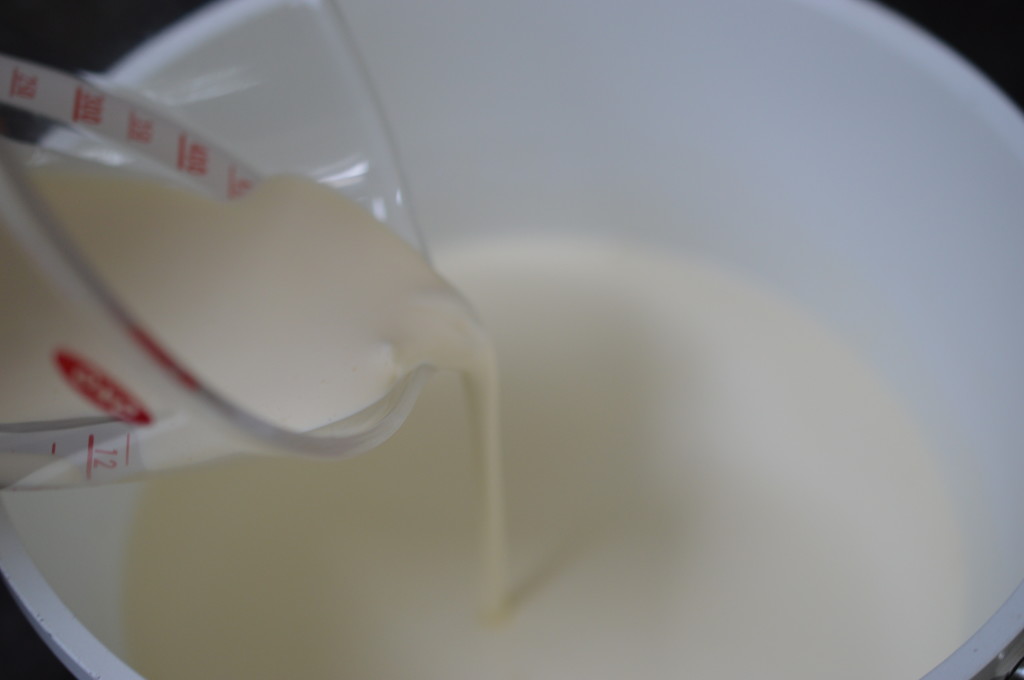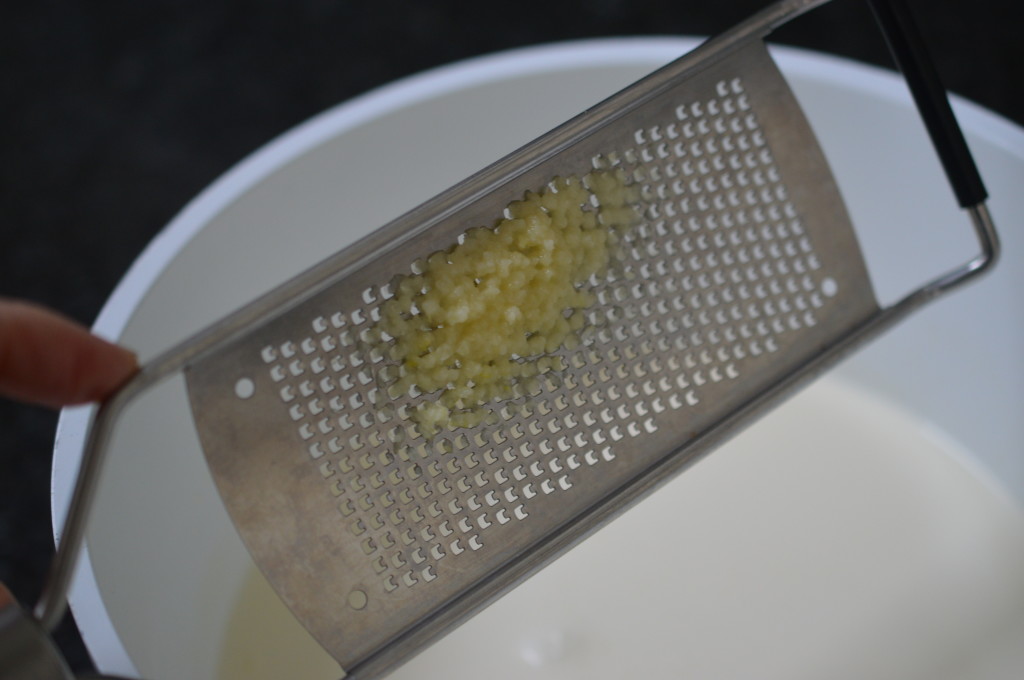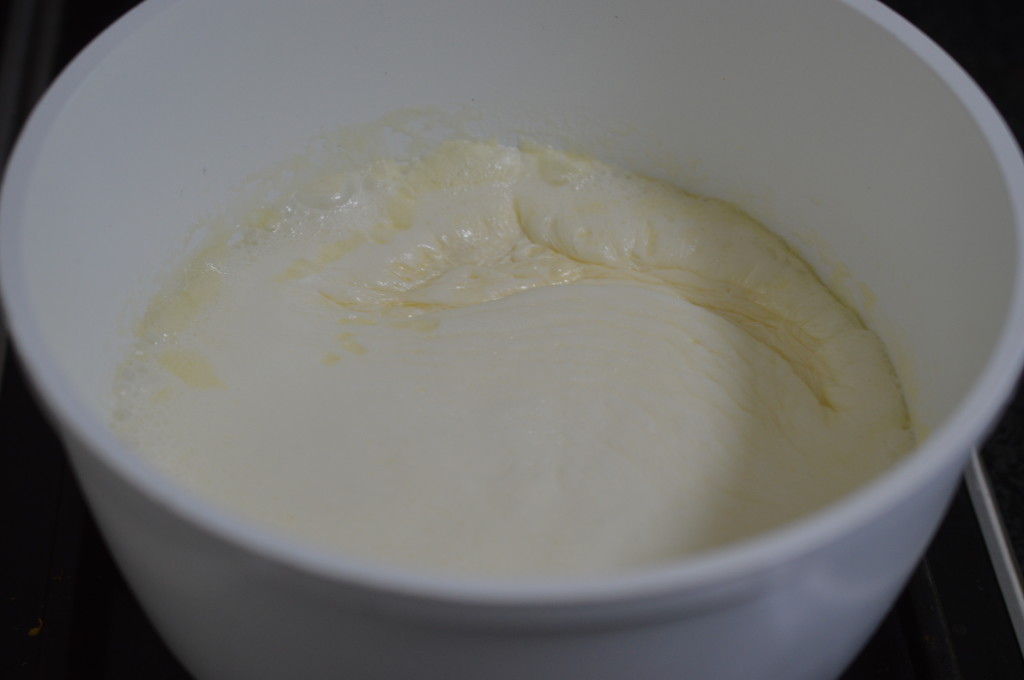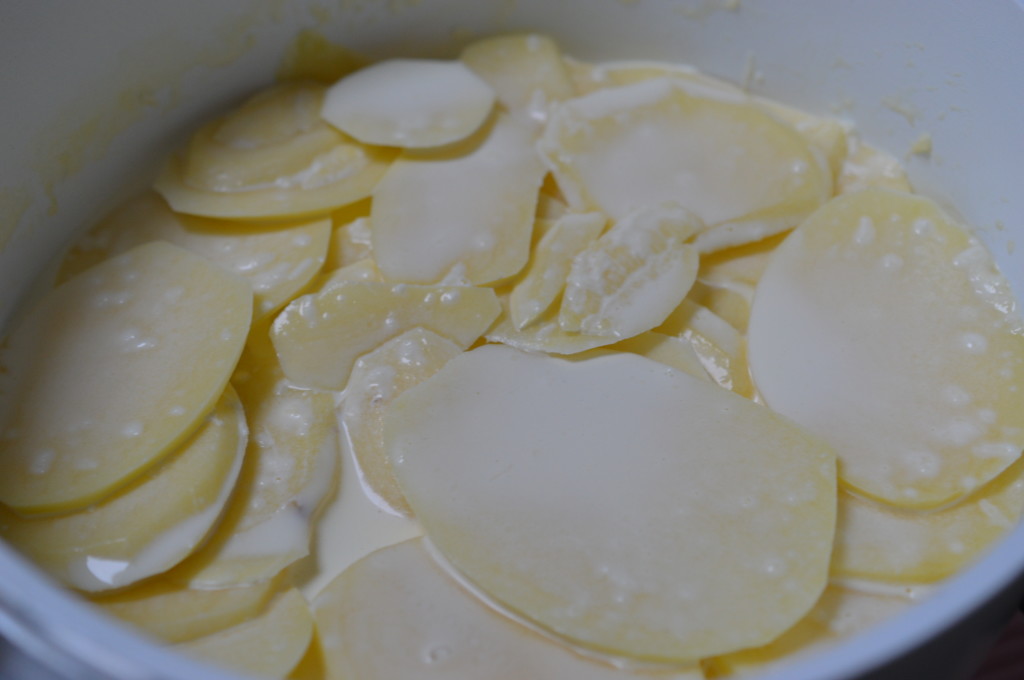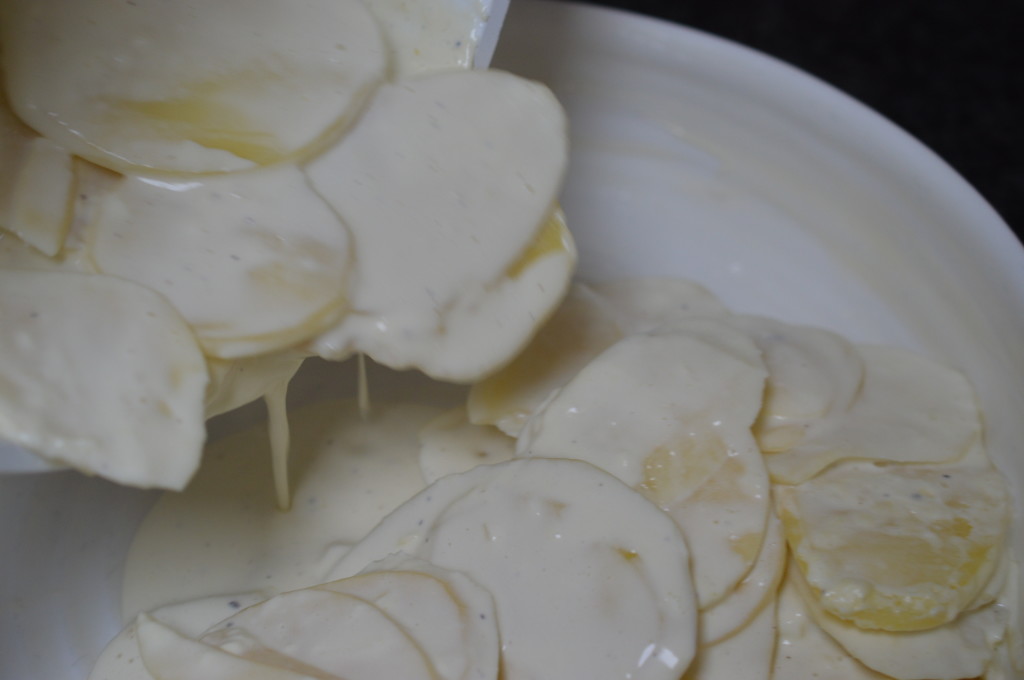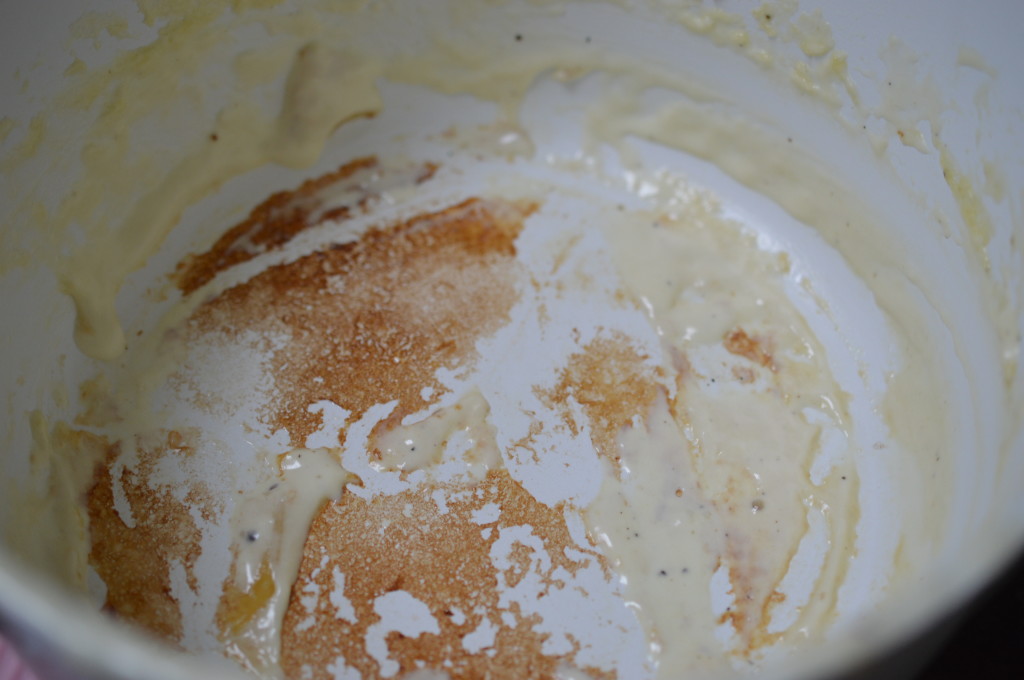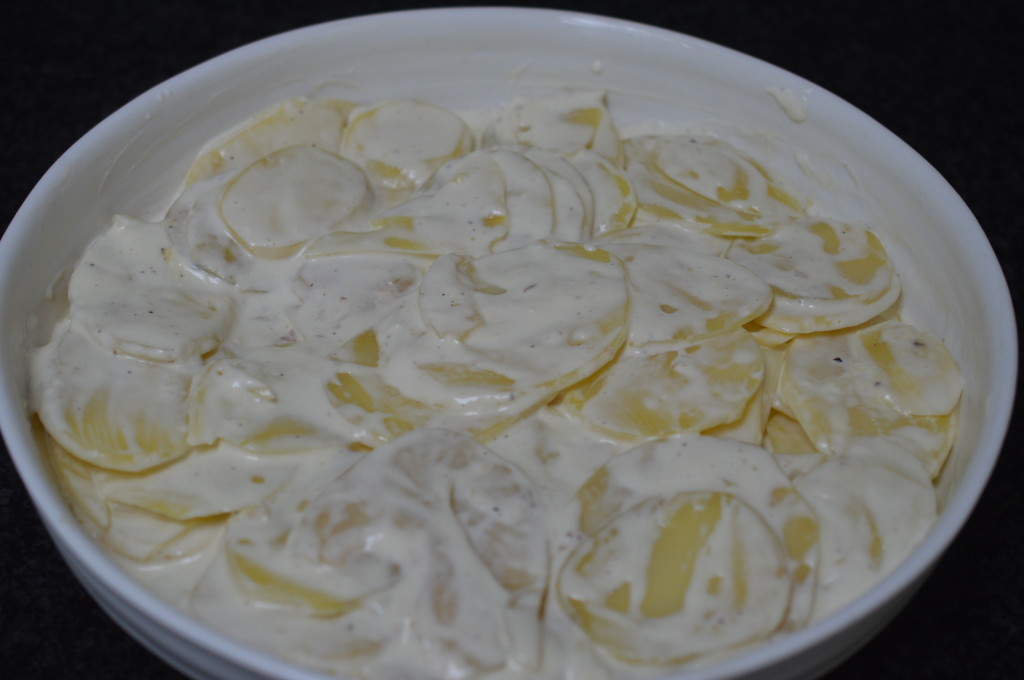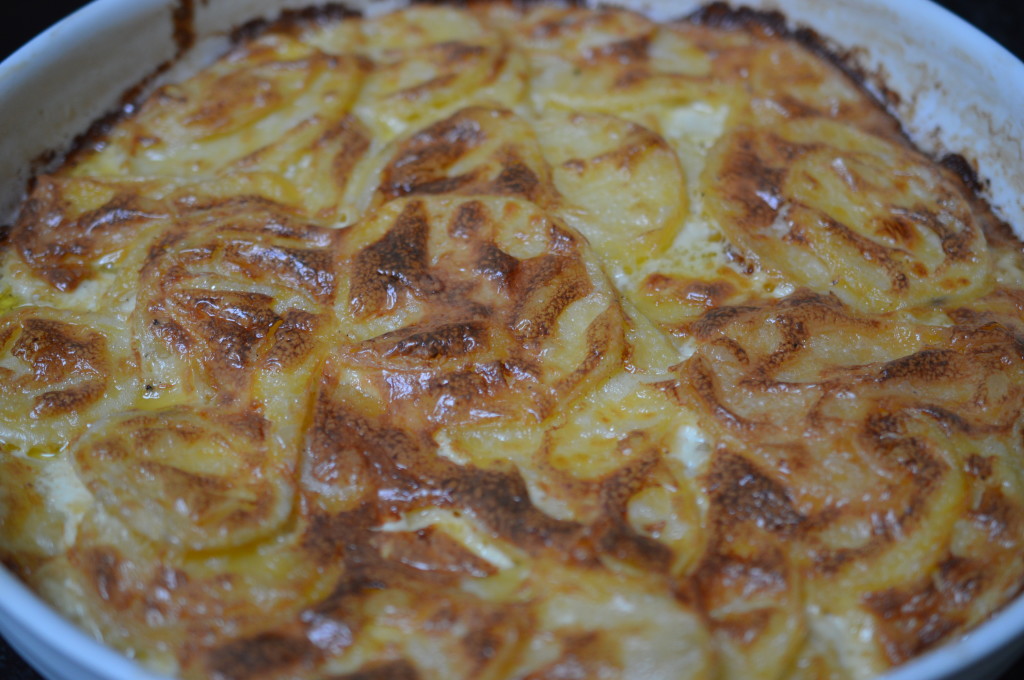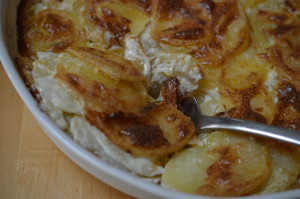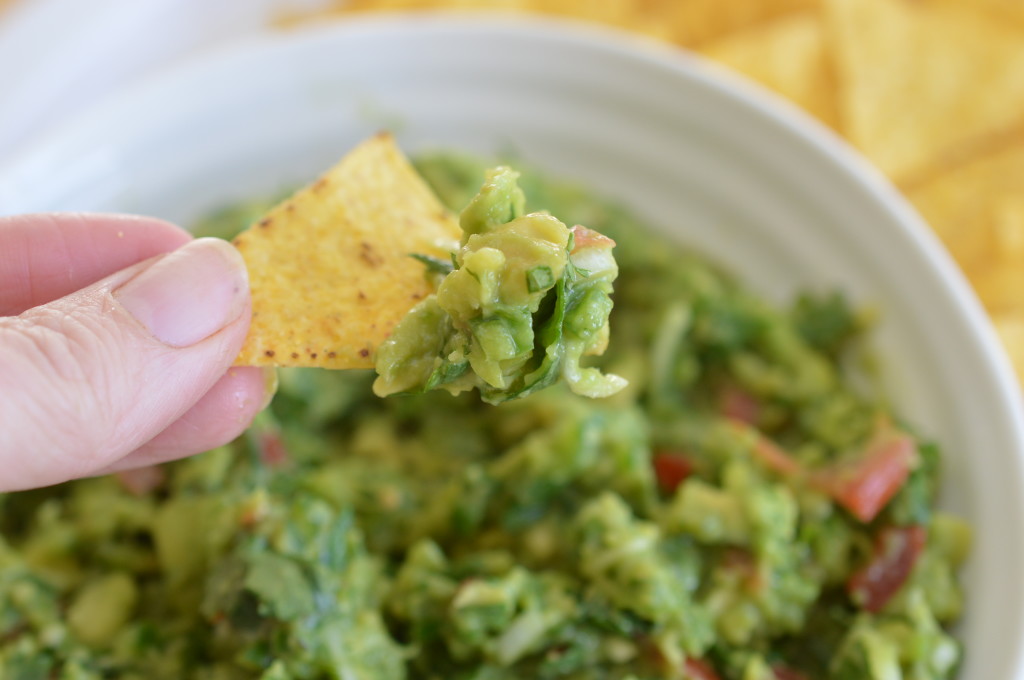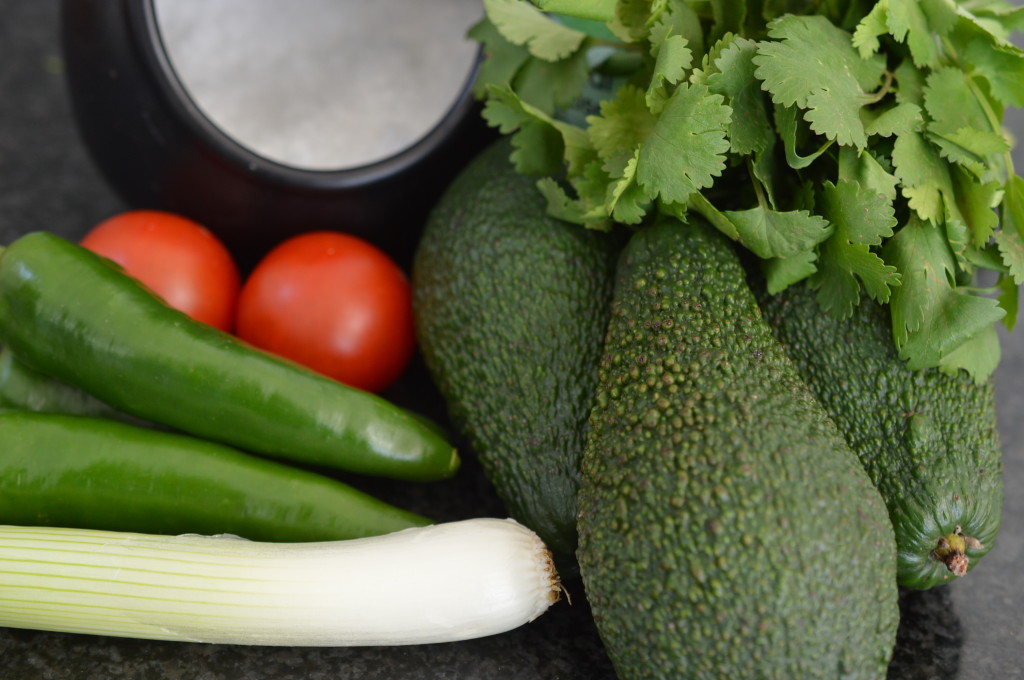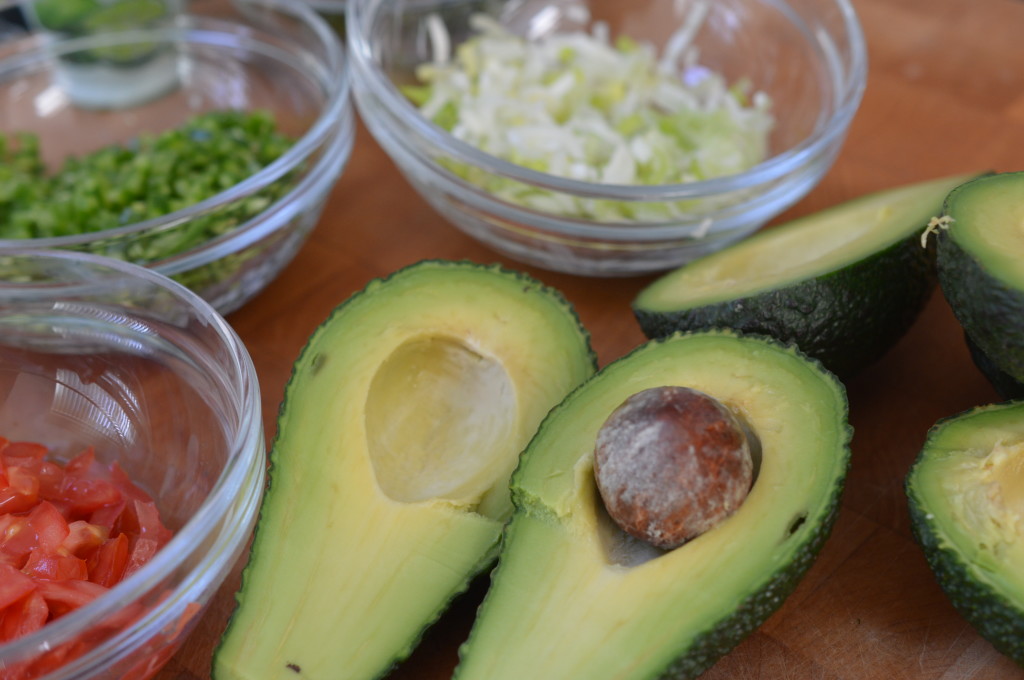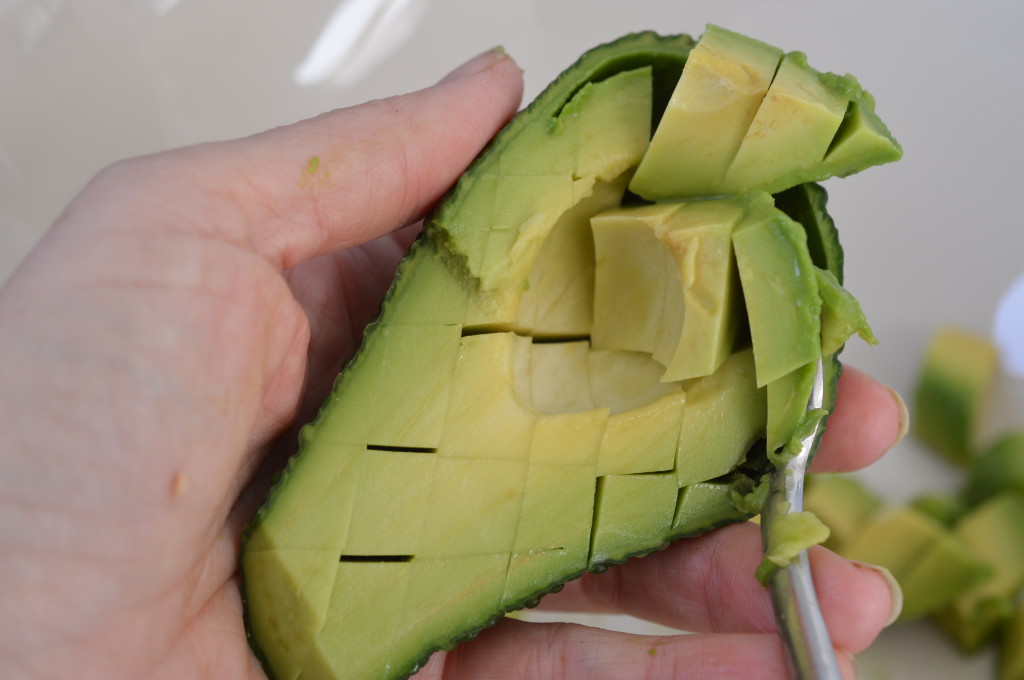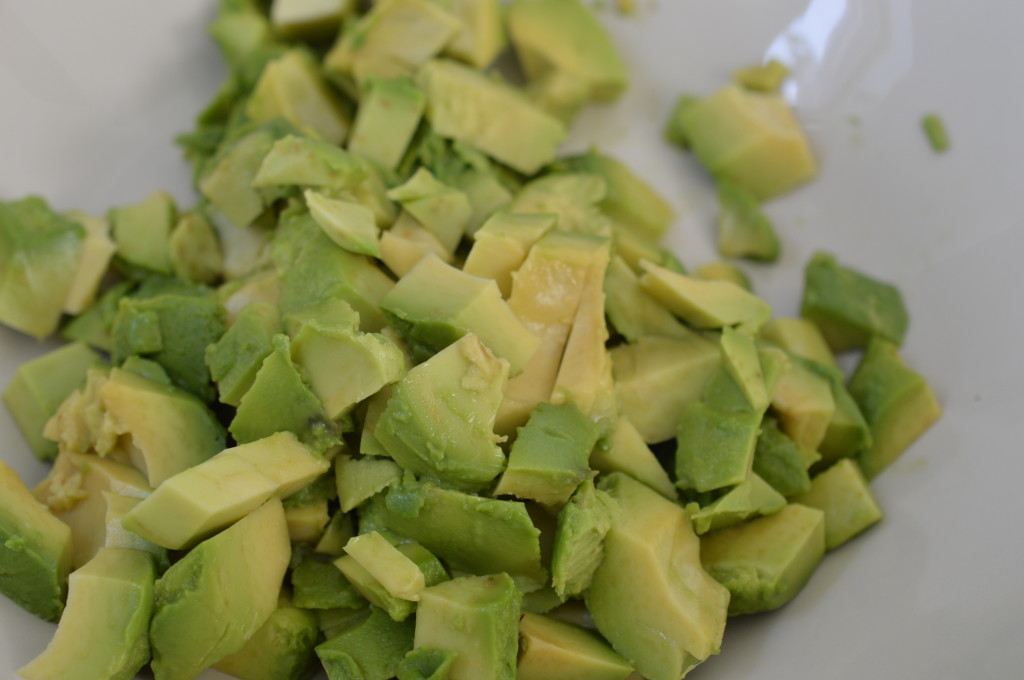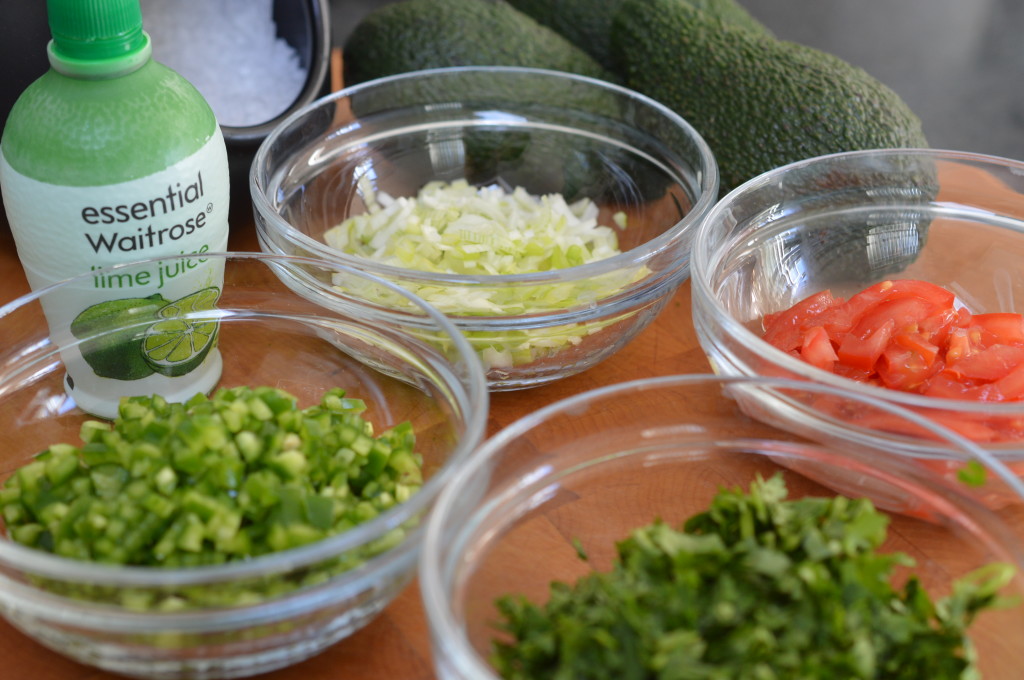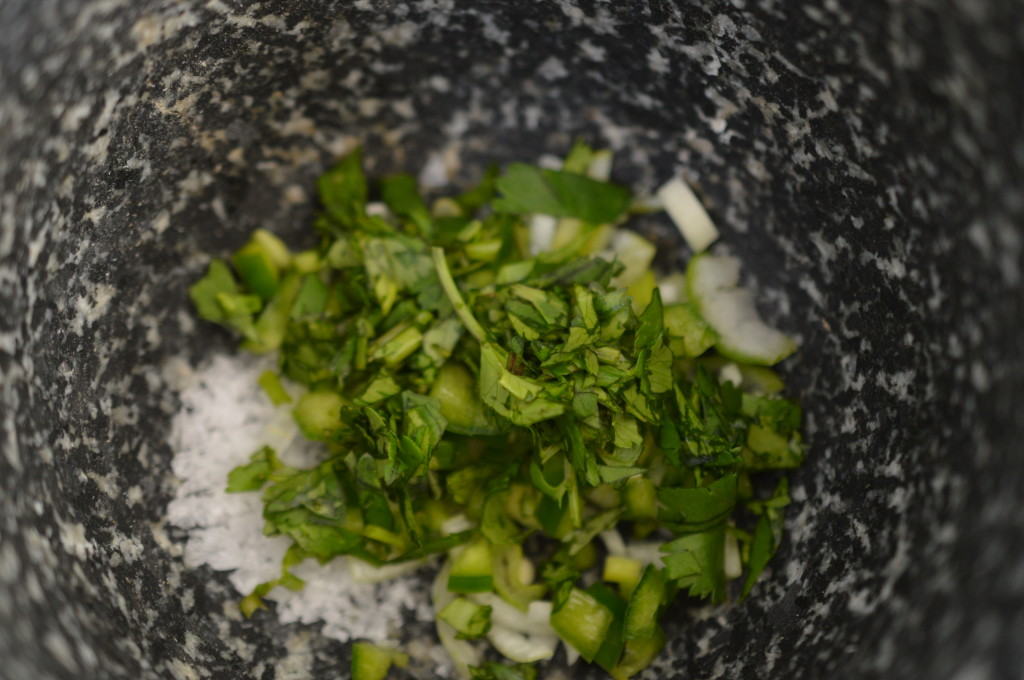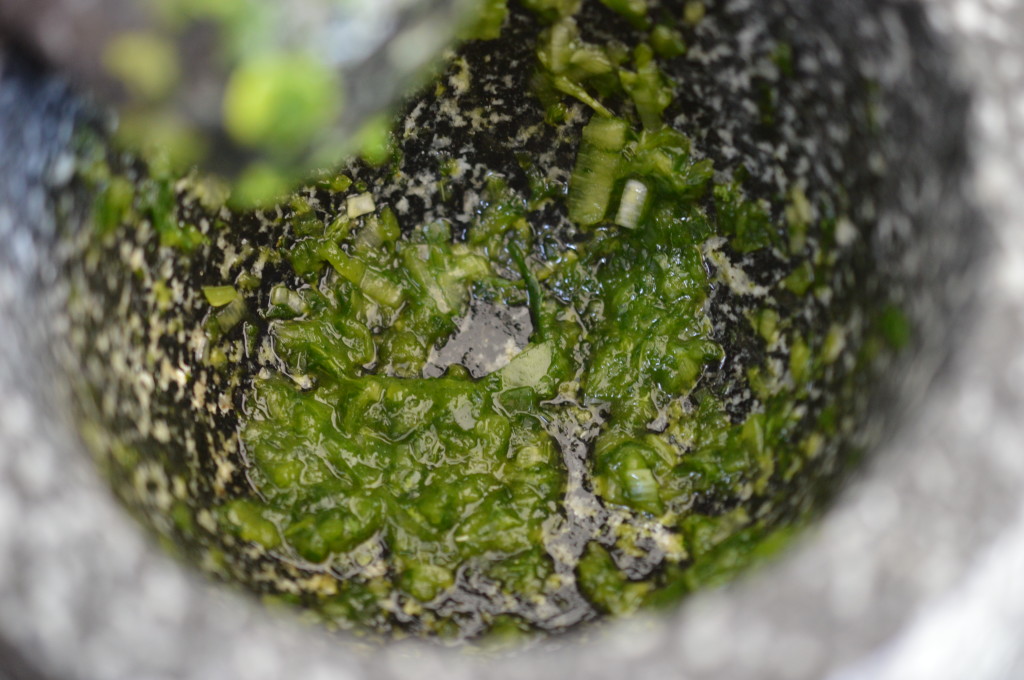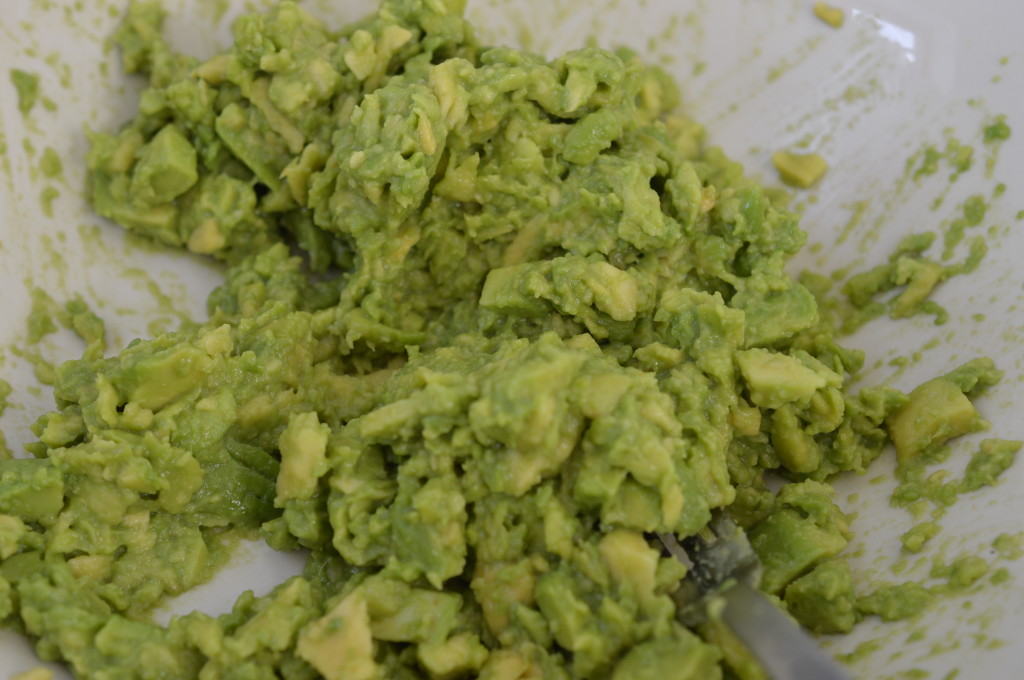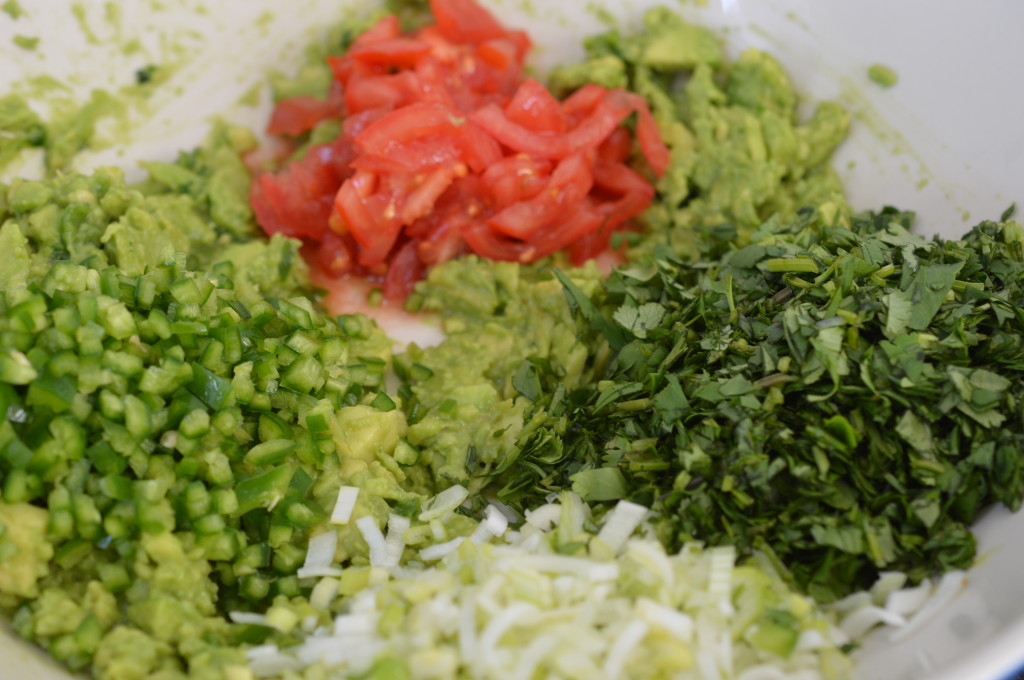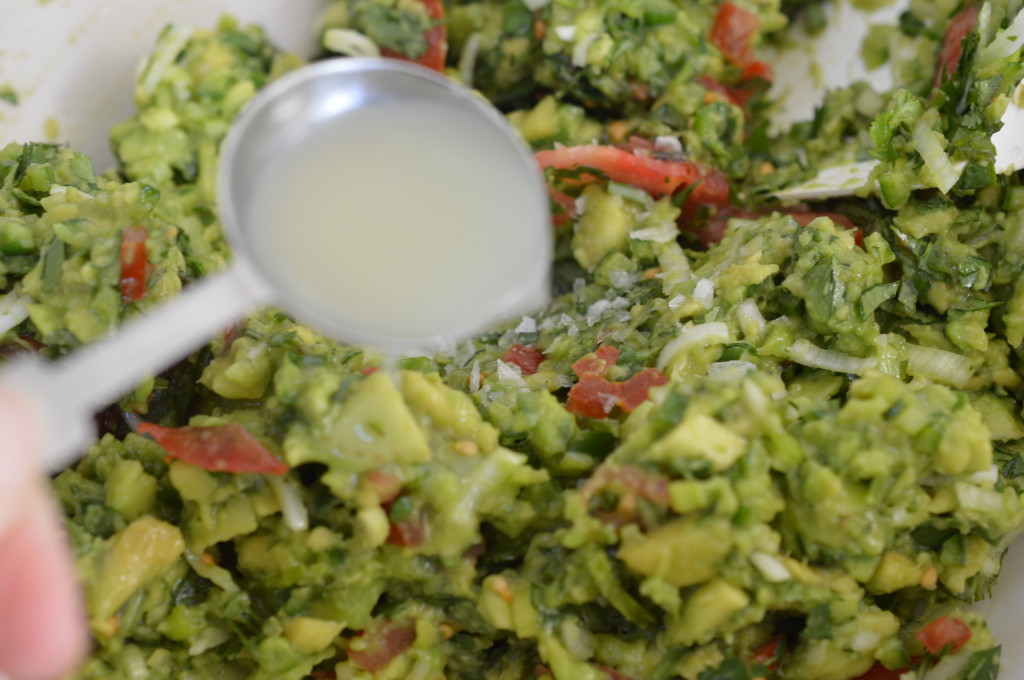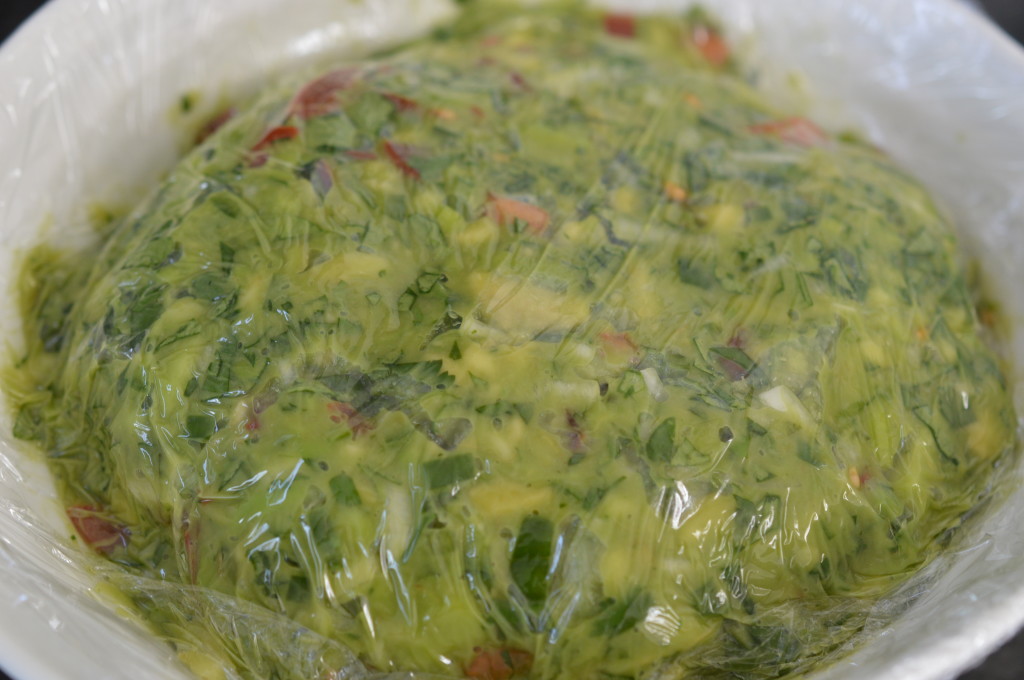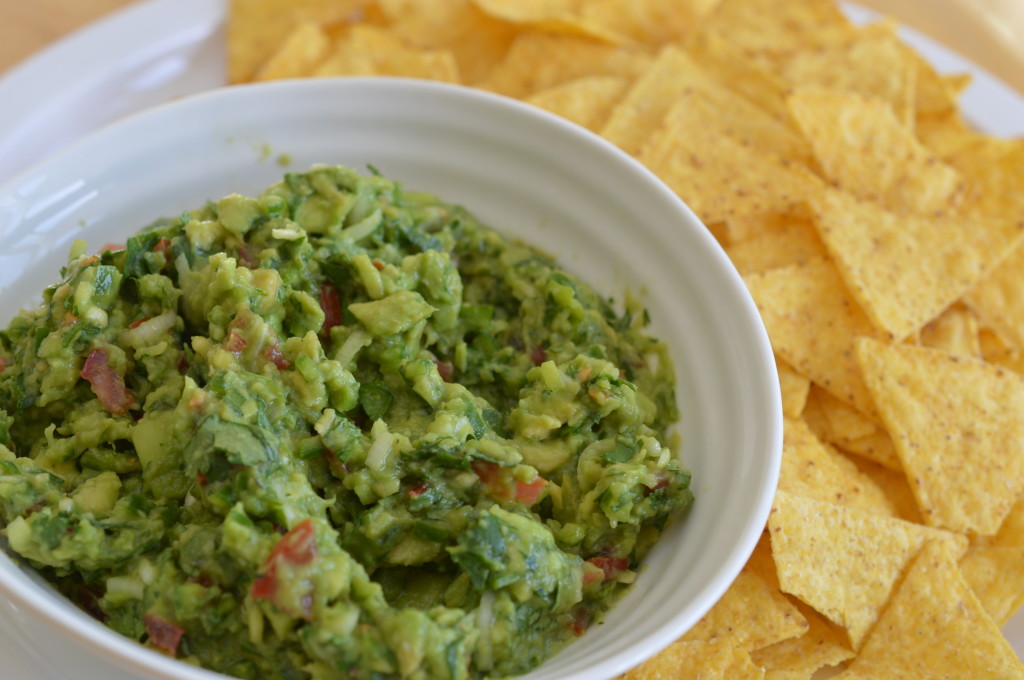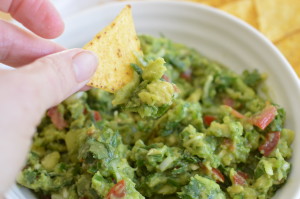Apple Cakes
It’s just as well I am a woman without much blogging ambition because this will not get pinned, Tumblred or tweeted. Apple Cakes aren’t flashy to look at, but you will love me for sharing this recipe.
And, I suppose, that’s where my ambition lies. I’m imagining you giving these a go and smiling. They are lovely. I made these on Saturday morning and they were gone before lunch.
Like my Mum’s Lemon Meringue Pie, the recipe comes from my mum’s wonderfully be-splattered 1973 edition of Readers’ Digest ‘The Cookery Year’. You can tweak it. A few sultanas and sprinkle of cinnamon are all reasonable additions, but I like it best with the smooth apple sauce filling of the original.
For me it all begins with Bramley Apples. That’s a cooking apple. The kind that turns to mush when cooked and is unpleasantly sharp if you try to eat one raw.
Until I sacrificed my apple tree for an extension to our kitchen ten years ago I’ve always lived in a house with a Bramley apple tree in the garden. It’s an old variety, first grown in Mary Ann Brailsford’s garden in Nottinghamshire. Matthew Bramley bought the cottage in 1846. In 1856, Henry Merryweather asked if he could take cuttings from the tree and sell the apples. Matthew obviously gave his permission and the apples still bear the name ‘Bramley’. And that original tree ..? Still bearing fruit.
You’ll need about three.
Peeled, cored and chopped. Later in the year, windfall apples are fine. You just cut out all the bruised bits.
Two tablespoons of light brown muscovado sugar.
Then, over a gentle heat, soften to a purée. Once smooth, it needs to cool before you can use it to fill the Apple Cakes.
It’s an old fashioned recipe and asks for Plain Flour, Bicarbonate of Soda and Cream of Tartar instead of Self Raising Flour. I rather like that about it. Sift everything together, including the salt, to get it all evenly mixed.
Incidentally, if you bake infrequently you might want to consider using Plain Flour and adding your own raising agent as a matter of course – just like Grandma did. Baking Powder works well for anything that doesn’t need a ‘fluffy’ rise (like biscuits) but if you want an airy sponge it’s one part Bicarbonate of Soda to two parts Cream of Tartar.
The original recipe calls for margarine, but I can’t bring myself to do it. Old fashioned, maybe, but I’m still a creature of my time.
Unsalted butter, cut into smallish cubes. Then, rub in.
What you’re actually doing by ‘rubbing in’ is coating tiny bits of flour with fat – before you add any liquid. Think of it like a raincoat! It’s to stop liquid penetrating the flour. Liquid + flour = gluten proteins. And gluten proteins give you tough pastry. Roughly!!
Or you can pulse in a food processor. Whichever method you choose – you are looking for something that resembles ‘fine breadcrumbs’.
Add caster sugar and mix.
Then one beaten egg – and mix with a round bladed knife.
It comes together into a ball of dough – ish. The last bit you’ll need to squish together with your hand. Since I’ve still not managed to do that while holding a camera …
The original recipe suggests you roll out the dough between sheets of ‘waxed paper’ as it crumbles easily. Oddly, considering I have a fondness for rolling pastry between sheets of cling film, I don’t. Until today I haven’t looked closely at the recipe and my mum never did so it never occurred to me. I expect she’s have thought it a waste of waxed paper ..
Grease “16 patty tins”. I’m quoting. I haven’t heard anyone call a shallow bun tin a ‘patty tin’ for years. 16 is a bit annoying, I know, when a standard baking tray is 12.
Cut out 32 circles with a 2½ inch (7cm) cutter. Knead the trimmings back together and continue cutting until you have 32. Tops and bottoms are the same size. Use a palette knife to transfer 16 to the prepared tins.
And add a generous teaspoon of the cold apple purée.
Then cover with the ‘lid’. It’s self sealing. You don’t have to do anything but lay the remaining 16 circles over the top.
Sprinkle with caster sugar.
Want a peek mid bake?
Bake in a pre-heated oven at Gas Mark 6/400ºF/200ºC for 15 minutes. That’s a moderately hot oven in ‘ye olde speake’ – so I bake on the fourth set of runners in the Aga Roasting Oven for a reduced 10 minutes cooking time.
Leave to cool for a couple of minutes before easing out with a palette knife.
Leave to cool on a wire rack.
The pressed glass cake stand is optional, but it feels right. What is important is to eat them ‘fresh’ as they go stale quickly.
Eat.
(Recipe taken from the 1973 edition of Readers’ Digest ‘The Cookery Year’)
- 1lb/450g cooking apples
- 2 tablespoon of soft brown sugar
- 8oz/225g plain flour
- 2 level teaspoons of cream of tartar
- 1 level teaspoon of bicarbonate of soda
- Pinch of salt
- 40z/115g unsalted butter
- 4oz/115g caster sugar
- 1 egg
- Caster sugar for dusting
Peel and core the cooking apples and place in a saucepan with 2 tablespoons of soft brown sugar. Cook over a low heat until you have a smooth purée and leave to cool.
Pre-heat your oven to Gas Mark 6/400ºF/200ºC.
Grease your ‘patty tins’ – that’s a shallow bun tin – with melted butter.
Sift together the flour, cream of tartar, bicarbonate of soda and salt. Cut the butter into pieces and rub into the flour until you have something approaching fine breadcrumbs.
Stir in the sugar.
Using a blunt knife, mix in the beaten egg to form a soft dough. Knead lightly and roll out on a floured surface to an eighth of an inch (there is no symbol for that!)/3mm. Cut out 32 2½”/7cm circles.
Lift the bases into the greased tins and add a generous teaspoon of the apple purée. Place the remaining 16 circles on top. It’s self sealing so you have to do nothing but lay them over the purée-filled bases.
Sprinkle with caster sugar and bake for 15 minutes. (Aga – Roasting Oven – fourth set of runners for a reduced 10 minutes.)
Leave to cool briefly before, using a palette knife, removing to a wire rack. Serve on the day you bake.
Eat.
